For users like me who change iPhone from generation to generation, the improvement of iPhone 13 Pro is greater than that in previous years. Whether it's a screen, battery life, or camera, It is significantly improved compared with the iPhone 11 Pro I used before. I'm getting rid of my fever when I'm tossing my iPhone, the 13 Pro mature to some boring experience is the best destination for me. But there is such a small problem that has not been solved since the launch, which has been bothering me, After enduring it for half a year, I finally decided to make a mountain out of a molehill. From the perspective of a user who has some obsession with photography, seriously complain about the lens switching logic of iPhone 13 Pro camera. Whether compared with previous models or conventional iPhone 13, the camera system of 13 Pro can be said to be fully evolved in hardware : The larger area of the main camera sensor finally supports the ultra wide angle of macro mode and auto focus, and the equivalent 77mm telephoto with longer focal length. However, the improvement of hardware can never be directly equated with the progress of experience, 13 Pro gives me even less experience than 11 pro in the key lens switching logic, to sum up in two words is dull and confused.
Let's start with the macro switching logic that has become more stable through IOS update. The macro switching mechanism of 13 Pro has three versions in IOS 15.0, 15.1 and 15.2, The logic of each version is different. 15.0, that is, the version just released, does not give users any control at all. Whether macro mode is enabled or not is entirely up to the camera to judge, so when taking pictures with 26mm main camera aiming at objects close to each other, the camera may decide to switch to 13mm ultra wide angle lens for imaging, and the final picture is actually cut.
The effect of the photos obtained in this way will be worse in all aspects than calling the main camera for direct imaging, users have no other effective control methods except to "please" the camera and switch back to the main camera, you may miss the moment you want to capture while waiting for the camera to jump across the two lenses directly and repeatedly. Fortunately, Apple is also aware of this problem, a month later, IOS 15.1 added the switch of "automatic macro". This switch is on by default. The working logic is the same as that in 15.0, and the user is still not given any choice in the camera App. If you choose to turn auto macro off, the camera will only enable macro mode when the user manually selects the ultra wide angle lens. When using the main camera, even if the shooting object is too close to focus, it will not switch to the ultra wide-angle cutting picture.
So far, I think the switching logic of 15.1 is the most reasonable of the three versions: For ordinary users who don't deliberately switch the ultra wide angle lens to take macro photos, nothing has changed; for users who want more control, the boundary between ultra wide angle and main camera is finally clear, Finally, the viewfinder won't jump between the two shots repeatedly.
Unexpectedly, this mechanism has changed again in 15.2, the macro mode of iPhone 13 Pro has obtained a new switching logic more than two months after its launch. The "auto macro" switch in the previous version has changed to "macro control", which is still on by default. When the camera's macro corner is turned on, it will still use the macro corner icon to judge whether the camera is turned on. This icon serves two purposes: let the user know whether macro mode is enabled or not, and allow the user to fully control the switch of macro mode.
When the icon is lit, whether 0.5x, 1x or 3x is selected, the camera will use the picture of ultra wide angle macro mode to image. The user can also choose to click the icon to turn off the macro mode. After turning off, the camera will not replace 1 and 3 times of the picture with ultra wide-angle cutting. Instead, the user will be prompted by displaying macro icons: I think it is more appropriate to use ultra wide angle cutting in this scene. Do you want to give priority to this. The lens switching logic of macro mode is finally stable in a relatively mature version, but for me, the experience of using the telephoto lens, which is more commonly used, is no better than when it was first released, This is also the main reason why I wrote this article.
The medium and long focus lens of iPhone should be my favorite and most commonly used lens, in my opinion, the focal length of 50mm to 70mm is better than the 26mm of the main camera, and it is easier to highlight the main body. And when I click 3X When the button wants to call the telephoto lens, It is always necessary to carefully observe the picture of the viewfinder to confirm that the 13 Pro has indeed switched to telephoto, instead of "zooming" by cutting the main picture.
Therefore, during several months of use, the hesitation and repeated lateral jump of 13 Pro when switching the telephoto have a great impact on my experience of using the native camera, so that I directly used the third-party manual camera halide as a special shooting tool for telephoto, the reason is that halide allows me to directly call the 77mm telephoto lens for imaging, the control of switching focus is entirely in my hands.
Similar problems were not encountered when I used the 52mm lens of 11 pro, the probability of cutting using the main picture is relatively low, it usually happens when the light is very poor, and you should be much more decisive when you click the 2X button to switch. One of the reasons for the decline in experience compared with the previous generation of products is the "upgrade" of 13 pro on telephoto lens compared with the previous two generations. Although the equivalent full frame 77mm lens has a longer focal length than both 11 pro (52mm) and 12 Pro max (65mm), but the cost is smaller aperture and less light input. The aperture of 13 pro's telephoto lens is only ƒ / 2.8, which is much smaller than that of the previous two generations of models ƒ / 2.0 and ƒ / 2.2. This means that under the same light environment, the 13 Pro telephoto lens needs longer exposure time to obtain the same amount of light input as the previous two generations, this is a significant disadvantage. Another problem with longer focal length is the longer closest focus distance: according to the technical readout information listed by halide, the nearest focusing distance of 13 Pro telephoto lens is increased to 60cm compared with 40cm of 11 pro, the impact of the 20cm lift in actual use is very obvious.
When the shooting space is relatively small, the 13 Pro telephoto is not as flexible as the 11 Pro telephoto, and the inability to focus in my use has increased a lot. The smaller aperture and the longer nearest focusing distance directly lead to the 13 pro's tendency to switch the pictures that should have been imaged directly by the telephoto lens to the main shooting and cutting compared with the previous generation models, using the larger sensor area, larger aperture and closer nearest focusing distance of the main camera to generate a better picture in theory than using telephoto directly. However, in practice, the self clever effect of such an algorithm is often counterproductive. When the subject is too close to focus, it is understandable to use the main camera cutting, after all, no matter how computable the algorithm is, there may be no way to face the picture of virtual focus. But if the algorithm decides to use the main camera to cut the image because the light is too dark, I don't think there is anything particularly worthy of praise on the 13 Pro generation. The primary reason is that the main picture of 12 million pixels can't help three times of digital cutting even if the details are excellent and the quality of sensors and lenses are improved. In this way, too many details are missing and the smearing feeling is too serious. The effect may only be worse than using telephoto imaging directly.
Another reason, which I don't understand the most: the 13 Pro telephoto lens itself supports night view mode. This is the first time in the history of iPhone telephoto lens that supports night view mode, the low light imaging of telephoto can finally be improved. But it didn't, at least it didn't improve completely, the problem is that the native camera seems to prefer the latter between "telephoto lens + night scene" and "main camera cutting". Even if the telephoto lens can finally use the night scene mode to improve the performance of dark light, most of the time, the algorithm still stubbornly believes that it is more appropriate to use the cut picture in this case (the camera will only use the telephoto lens and activate the night scene mode at the same time under specific circumstances. At present, it has not summarized the law of such benefits).
Sometimes it is the same problem as the previous algorithm. however, macro mode gives users prompt and option by displaying buttons, while telephoto lens does not. When I use a native camera and face this situation, the only thing I can do is find a way to coax the camera to switch to telephoto lens and activate night view mode by re metering or focusing. This process is not very smooth. The process of taking photos and switching shots can easily become a "struggle" between me and the native camera algorithm. In this way, it is more likely to miss the moment I want to shoot, and the most important and basic "recording" function of the camera as a tool is affected.
The trade-offs made in the hardware level iteration have led to the reduction of the availability of 13 Pro telephoto lens in some scenes, at the software level, the hesitation and misjudgment of IOS native camera lead to the decline of shooting experience and imaging quality, users are almost completely passive in this process. The combination of these three design options eventually led to a decline in the use experience of the 13 Pro telephoto lens, It also adds an insignificant article to the minority matrix community.
This is not a serious problem. I am really looking for some subtle problems, because it is so subtle and small that most users may not notice or care. In Apple's view, this may not be a problem, because the experience of switching between main camera and telephoto from IOS 15.0 to 15.4.1 is consistent. The reason why I want to spend this space on this issue is that it is a pity that such defects appear on the iPhone of the generation with a fully upgraded camera system, especially under the perfect background of the macro mode switching logic after two modifications, telephoto lens switching still exists, and the black box design that makes users - especially those who are most sensitive to these details - very passive is a little confusing.
If Apple is willing, this must be a problem that can be solved through OTA update, satisfying users who are not easy to satisfy like me will not affect the use experience of other user groups at all (again, this is how the current switching logic of macro mode is changed). But perhaps in September this year, the next-generation flagship iPhone will use a telephoto camera with larger aperture, better sensors and smaller nearest focus distance, This problem is no longer a problem.
After all, if you expose your ideas to the public at one time, what should the next generation products do?

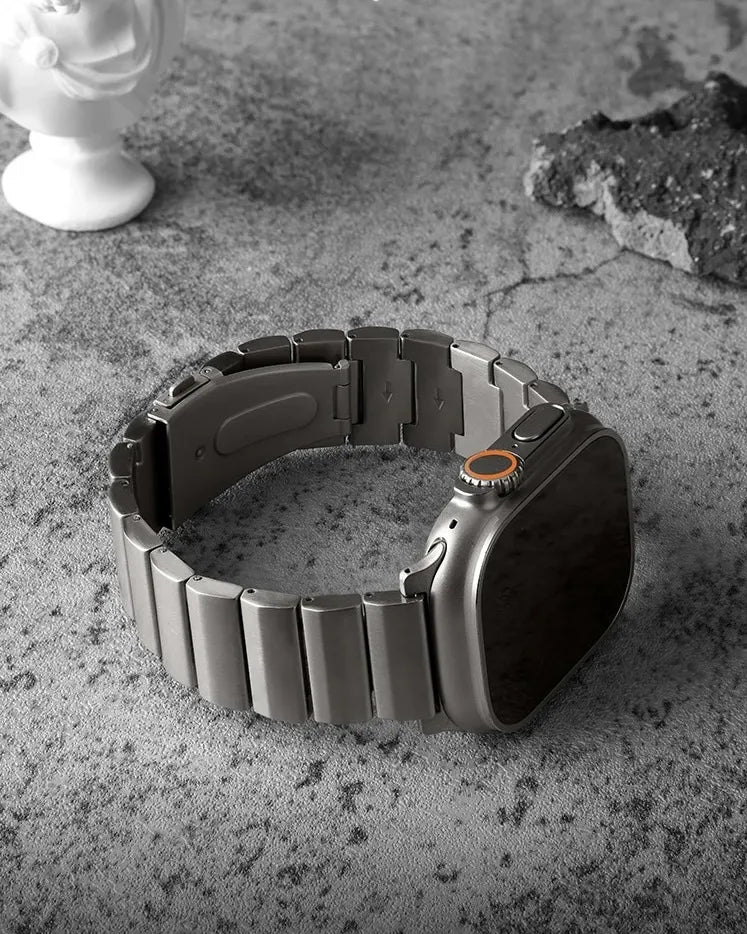
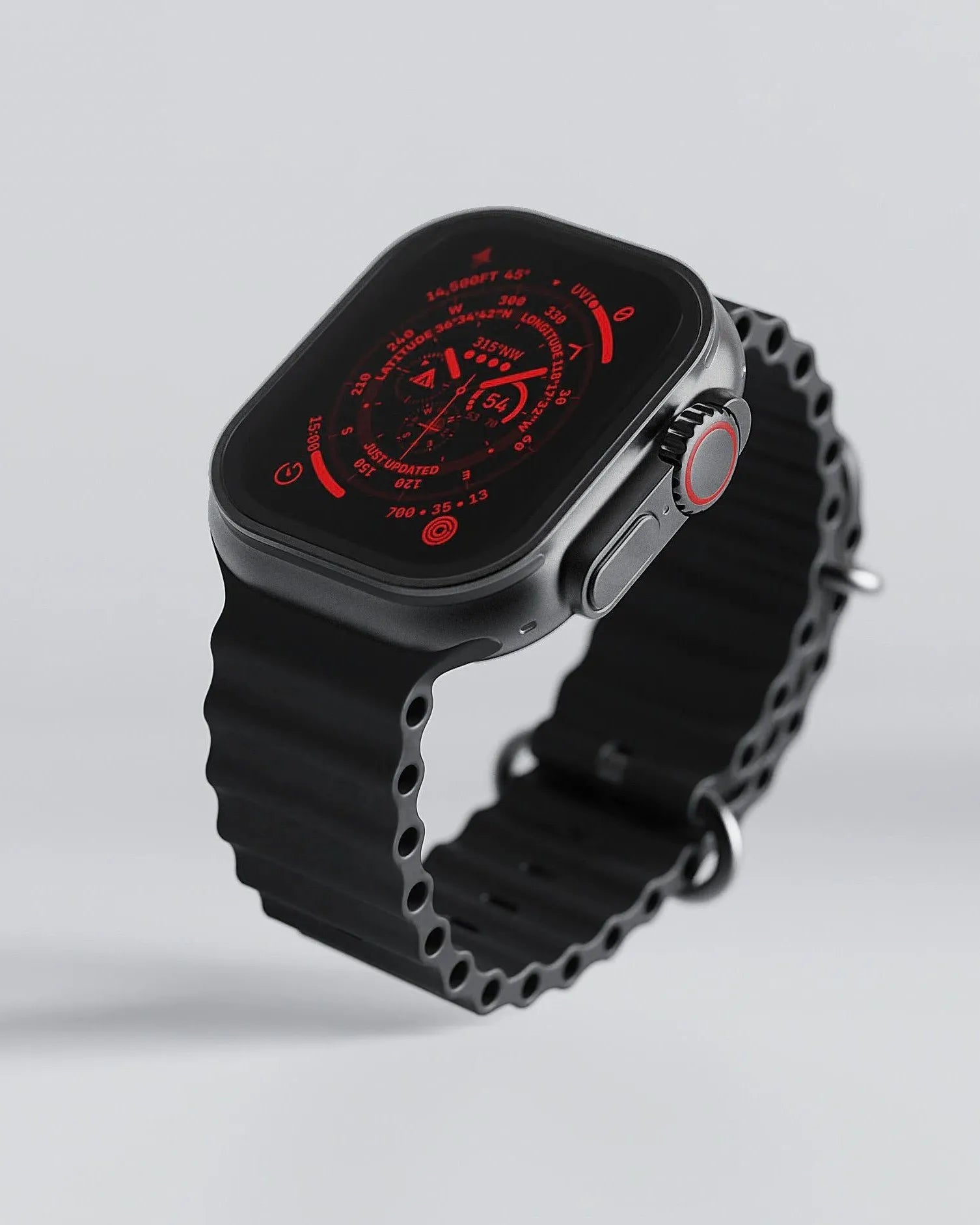
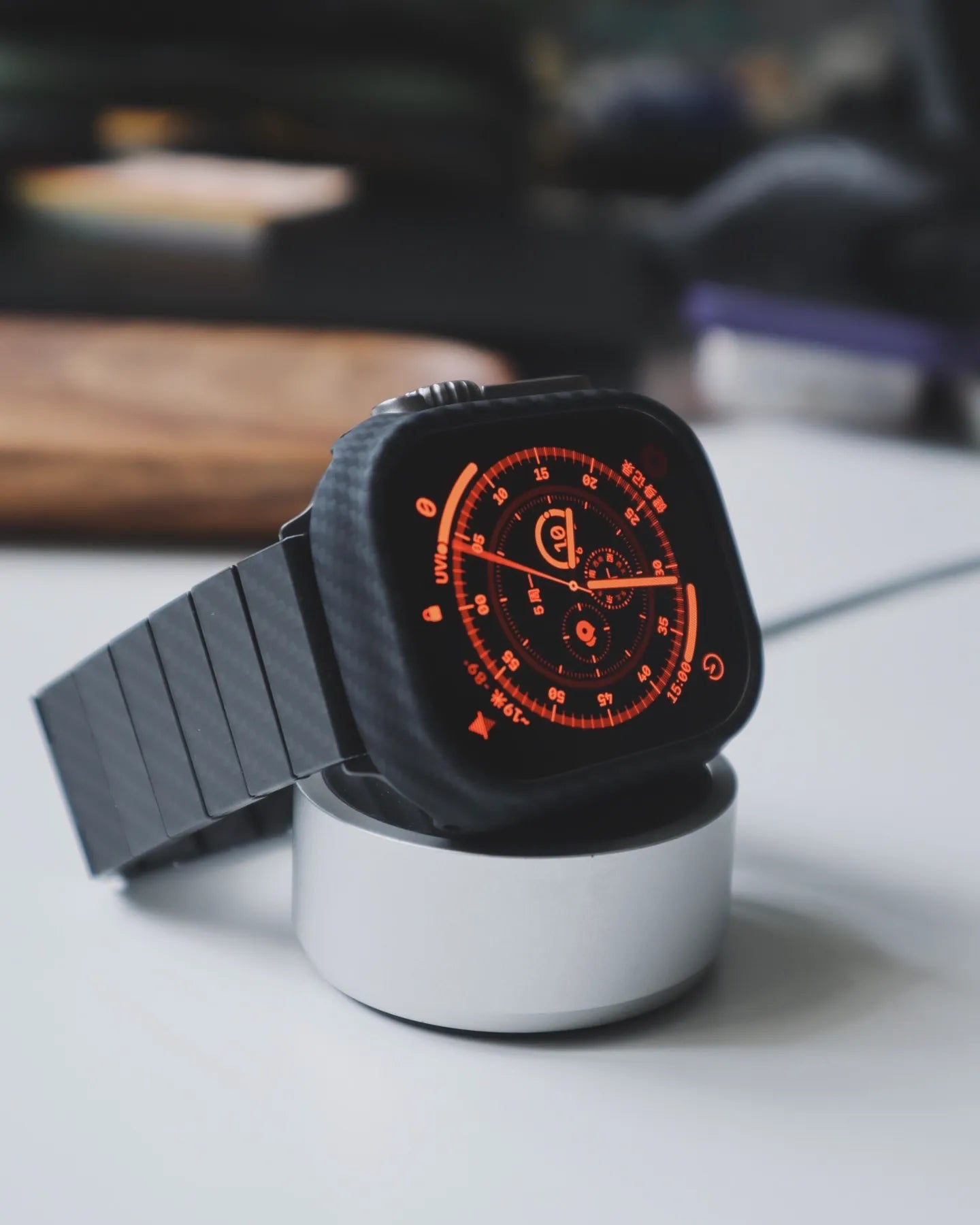
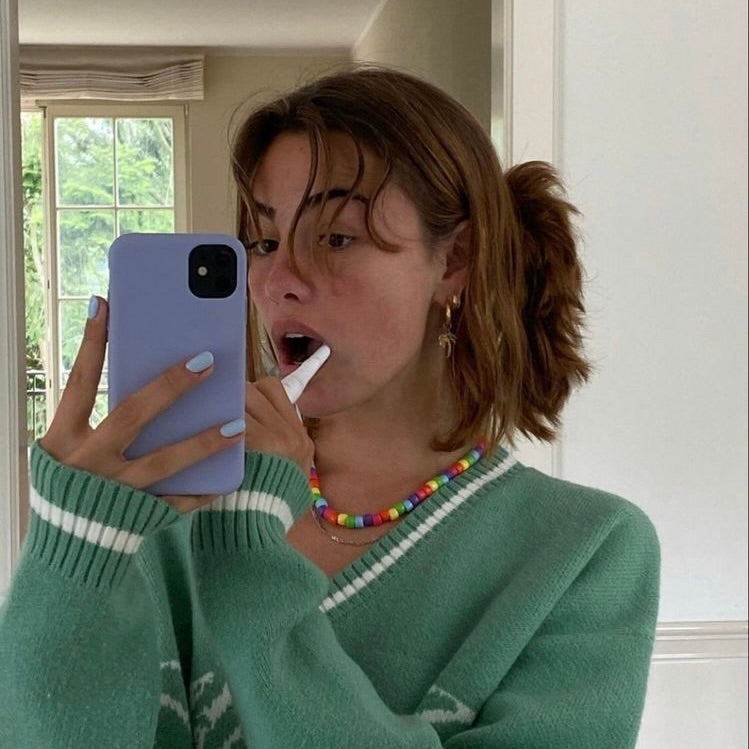
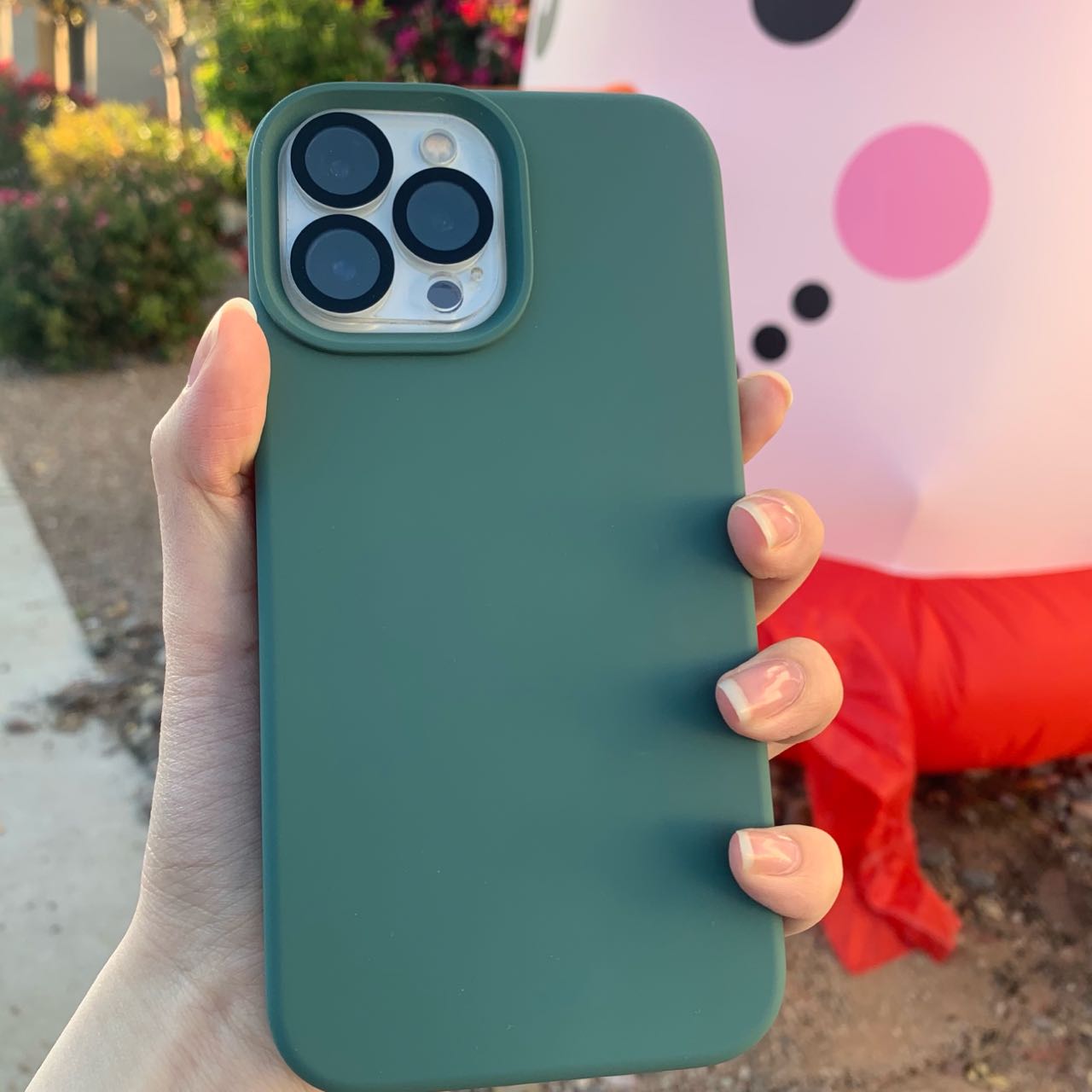
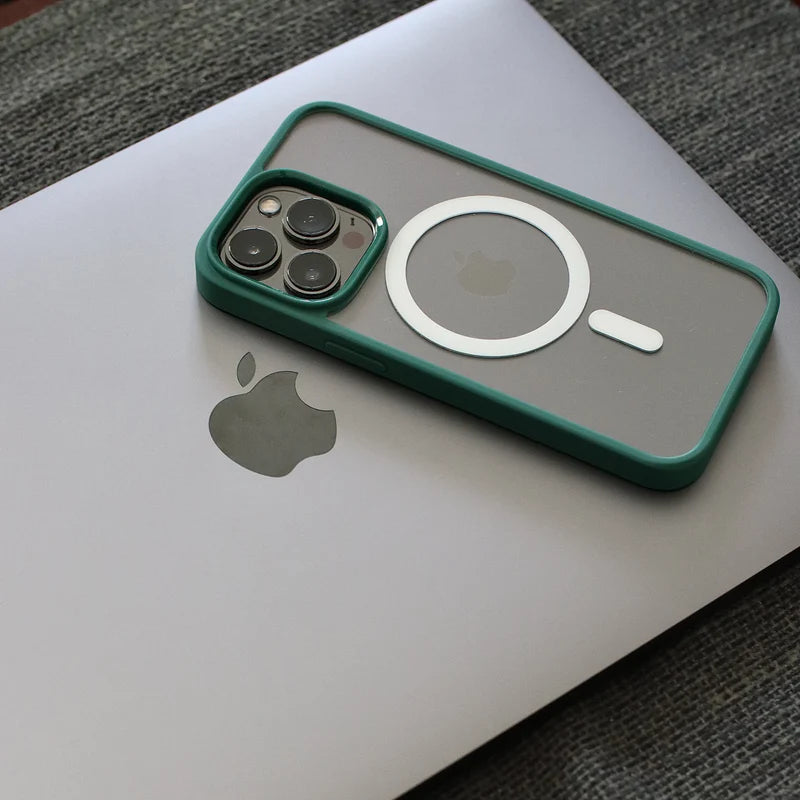
Leave a comment
This site is protected by hCaptcha and the hCaptcha Privacy Policy and Terms of Service apply.